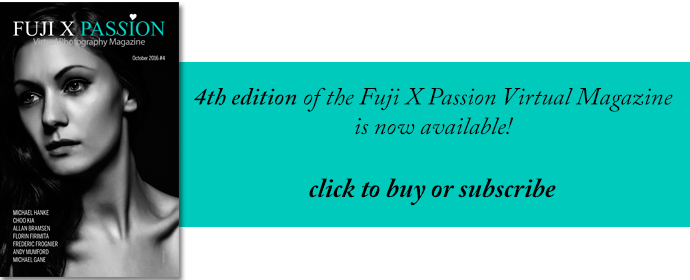Happy Third Birthday, Fujifilm X-E2!
I made the jump to Fuji in February of this year after I grew tired of waiting for Canon to release a formidable mirrorless camera. Panasonic, Olympus, Sony, and Fuji were all making serious strides in the mirrorless market, and I thought Canon was surely not far behind. But alas, each M-series release was another disappointment. After both my work lenses broke on me, I decided I had no excuses left to keep me from trying another brand.

I initially decided on whatever the successor to the A6000 would be. I was amazed at what Sony had done with that little camera, and was impressed at how gracefully it was aging. So with rumors that the new Sony was on the way, I decided to wait. And while I waited, Fuji announced the X-E2S — the sequel to a camera I had never heard of.
I began to read more about Fujifilm, and was drawn to their attention to detail that they give their cameras. The lenses were also impressive, and I was actually relieved some to see how few options there were in that area. Sony had what felt like a million lens options at every price point. I don’t deal well with that many choices. Fuji’s lenses cost more than I was looking to spend, but they were getting the kind of reviews usually reserved for lenses which cost far more. I was intrigued, and it certainly seemed like more bang for the buck.
As I waited for that A6000 successor to be announced, I noticed myself falling for Fuji. I was impressed by the community of Fujifilm shooters I found online. I was intrigued by the value of kaizen Fuji takes seriously. When I learned the X-E2 was getting a firmware update essentially making it the same camera as the X-E2S, I decided to do something I wasn’t quite expecting: I bought a two-and-a-half-year-old camera.
When I pulled it out of the box, it was love at first sight. I’m not so much into retro, but I do appreciate the Fuji design aesthetic. The camera was beautiful, and it was disturbingly light. Unfortunately, things quickly got complicated between the two of us. I have only ever been a Canon user. From point-and-shoots to DSLRs, I know Canon. I speak Canon. Fuji, however, was something new. The feel was different, the menus were different. It was like hearing a foreign language for the first time — everything sounded strange and seemed so completely wrong. I was preparing to head off on a rather lengthy trip, so I decided not to even to touch it until I was on the airplane and could devote quality time to getting to know my new camera.
Thirty-thousand feet in the air, I devoured the manual and another book on how to use it. After every page I’d power up the camera and look at those functions. I tried wrapping my mind around new concepts like ISO Invariance and Fuji’s auto-focus combinations. I was trying to teach my fingers to memorize different button sequences, and I really struggled to call similar functions by different names. It was frustrating, but I expected that going in, so I pushed through.

One thing I wasn’t frustrated with, however, was image quality. I was blown away by how the camera handled low light, and how clean and sharp the images were (sometimes even seeming a bit too sharp). The details at 100% were something I wasn’t used to seeing. It was beautiful.
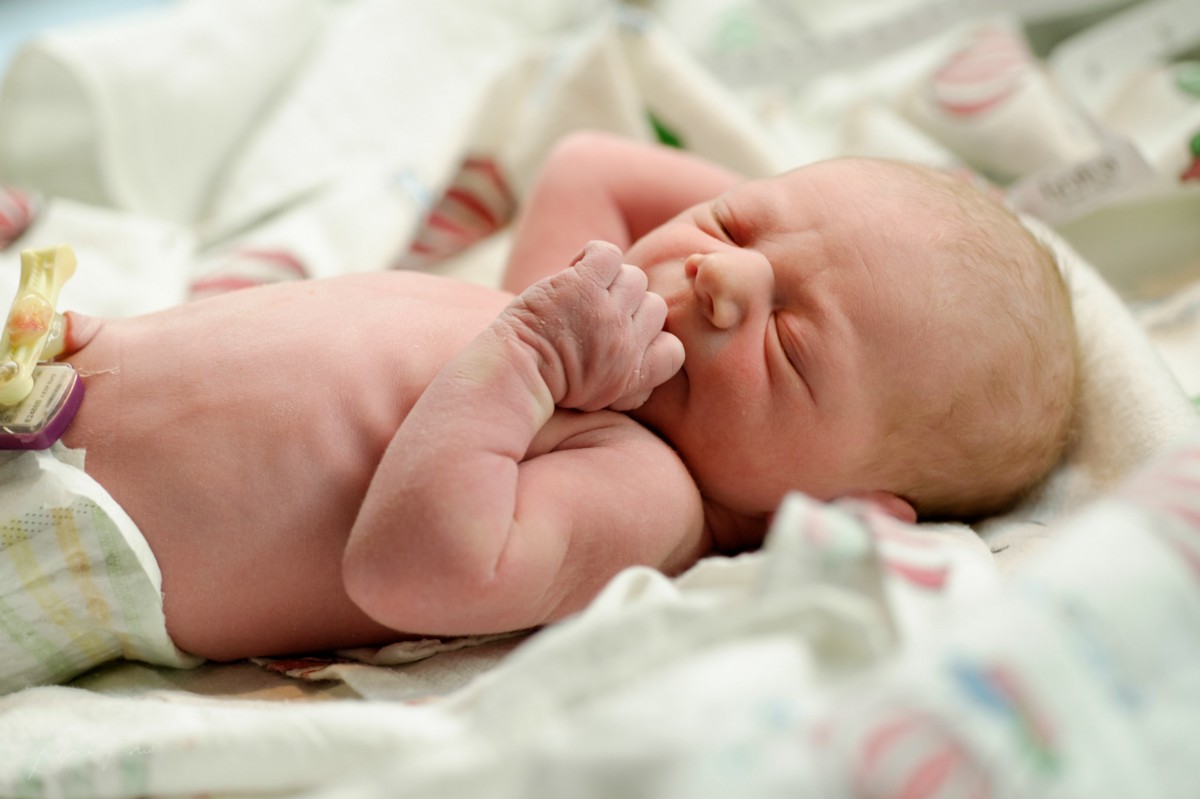
I had been saving for a new camera for a while, so I went all out with four new lenses: the 23mm f/1.4, the 56 f/1.2, the 90mm f/2, and the 18–55mm f/2.8. I’m a portrait guy at heart, so the 56mm was my must-have lens. The 90mm was calling me through reviews I was reading (I had never shot in the 135mm range). And the well-reviewed 18–55mm was a no-brainer as my all-around lens for casual shooting when I needed the flexibility of a zoom (especially at the price when sold in a kit). The 23mm was my wild card. I wanted to like it, but didn’t know if I would. It’s a beautiful lens, but I’ve discovered that the 35mm focal length is just too wide for my taste. After thinking and long and hard, I’m going to go ahead and sell it.



This camera is significantly smaller than even my Canon Rebel, and the body itself is extremely light. I love that I can keep it in my messenger bag or in my backpack all the time. I bring it with me everywhere, whereas my DSLR only left the house for “worthy” events. It’s nice to take the nice camera with me whenever I want without being bothered by extra space or significant weight. Because the camera is so light, however, some lenses can feel quite front heavy. The 18–55 feels about right, the 56 is fine but pushes it, and obviously that 90 is quite front heavy. The 23mm f/1.4 probably bothers me the most because it’s so heavy and so fat. The X-E2 can’t sit level on a flat surface when it’s wearing the 23mm.



The electronic viewfinder has certainly taken some adjustment. It certainly could be more comfortable (I wish you could buy a better eye piece), and the information overlay always seems out of focus if I’m not looking at it from the exact right angle. That being said, it has grown on me. It did feel kind of like cheating at first, but I’ve actually come to appreciate the tool that it is. I have found, however, that it doesn’t always reflect the final shot, so I’ve started to rely on the live histogram to evaluate my highlights before I set my exposure. Since your exposure is always live on screen, I keep my camera set at spot metering to set exposure more Zone System style. I’ve also noticed that if I rely solely on the EVF, I am often a split second too late to the moment. The delay is hardly noticeable at all, but it exists. That was of course never a problem with DSLR, so I’m really trying to train myself to use a rangefinder like a rangefinder and keep that other eye open on the action when milliseconds matter.
This is my first rangefinder-style camera, and I’m enjoying not having to squish my face onto the back side of the body. But, I do like getting in close for portraits, and I’ve noticed when I’m photographing people they tend to look at me, and not the lens. With the X-E2 I’ve learned if I don’t remind someone to look directly into the lens, their eye contact is just so slightly off in the final shot because they were looking at the left side of my face.
The LCD brightness has lived up to its bad reputation. It’s great indoors, but reviewing pictures on a sunny day is nearly impossible. Even at its highest setting it’s not very bright, and I find myself reviewing shots using the EVF (and telling others to do the same, which is a bit awkward). That said, indoors it does display the pictures beautifully.




The battery life certainly isn’t as good as my DSLR, but I don’t have any complaints. I only bought one extra battery (by Green Extreme), and for my usage it’s been fine. I turned off auto-review and keep the camera switched off when I’m not fully engaged in taking pictures. I’m also in high performance mode all the time. I haven’t counted how many shots I get on a charge, but I have been pleasantly surprised with battery life. (I guess I was so under promised by the reviews that the camera itself has over delivered.)
One of the reasons why I was so drawn to the mirrorless market was the advances the technology provides that DSLRs just can’t. In particular: facial recognition. One of my biggest pet peeves shooting wide open is not getting the eye tack sharp, and having a camera focus on the eye all by itself sounded so great. Fujifilm’s facial recognition seems to work well enough when I’m taking a straightforward portrait of someone in a controlled environment, but using it for day-to-day shooting is a bit more challenging, so I opt to use the focus points instead. I don’t like how in every other mode but Manual, the camera tries to “optimize” exposure for the face. I wish there was a way to use facial recognition in all modes for focusing purposes only.
Focusing isn’t nearly as snappy as it was on my Canon, but I’m not a sports shooter so I’m supposed to say it doesn’t bother me. But the truth is, sometimes it really bothers me. It’s not that it’s too slow; I’m not missing moments or anything. It just annoys me, really. Especially because you can’t exactly mimic the traditional back-button focusing I grew so fond of. So it’s In theory, using the AFL button provides the same function, but in practice it feels clunkier.
Continual focus is very impressive on the X-E2, but I stick with Single shot for most of my shooting. I am amazed at how my rate of keepers has skyrocketed with this camera. It might not be the fastest at focusing, but it sure is reliable. It allows me more time to devote to the composition of the moment rather than worrying if the focus is off or not.

Turns out, I love having an aperture ring on the lens itself. This is something I’ve never known personally, but it just felt so natural when I picked up the X-E2 for the first time. It was like I had been shooting that way my whole life. I find that I prefer to set the shutter speed dial to T and use the back wheel to make adjustments much quicker and more incrementally than the dedicated shutter dial. The shutter speed dial itself feels much harder to turn that I would prefer. (It would be great if that dial could be reassigned to do something else—like ISO, or aperture control for that 27mm pancake lens—because mine just sits there.)
I’ve only recently started to take advantage of the Q menu. It certainly can make things convenient, but I haven’t taken the time to make it my own. I have a lot of questions, but keep avoiding taking the time to really find the answers.
I like the idea of Auto ISO, but I always feel like it’s choosing a much higher sensitivity than it’s promised to. I’m sure I’m missing something, but I can’t figure out what. I will use it sometimes, but mostly I just choose the ISO myself. I typically use my “Wifi” button as my ISO dial for fairly fast adjustments.

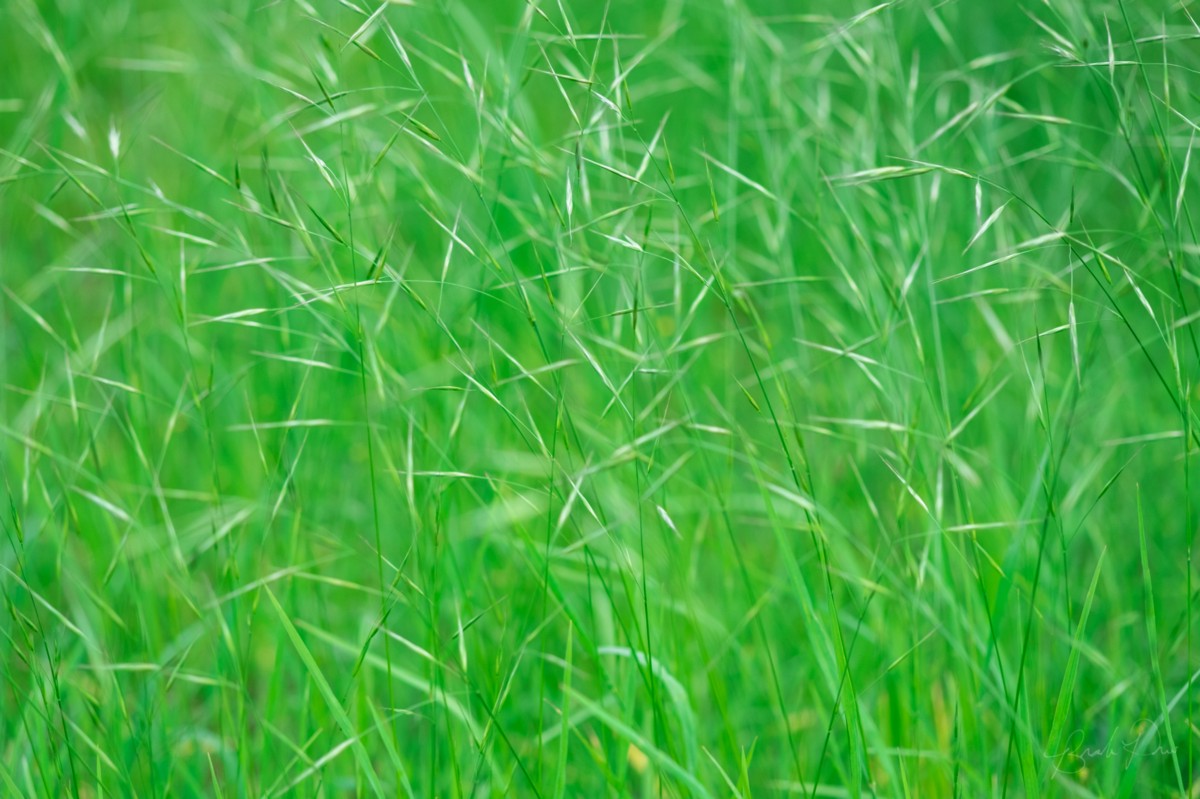
The wireless function on the camera is extremely useful, but it can be a little fickle. Sometimes it won’t hold the connection, other times the app blows out and I have to restart. But when it works it is very convenient. Being able to transfer pictures on the go has been extremely useful. Recently a friend asked me to get a few shots of his wife speaking at an event. I took the shots, transferred them to my phone, and sent them to him on Facebook. He was shocked at the speed, and I was grateful I didn’t need to think about doing that later.
I love being able to do raw edits right in camera. This has been so much fun, especially while on the road. Often it’s just a slightly-off white balance that drives me crazy, and so it’s great being able to do a quick adjustment to an otherwise-awesome JPEG. Like most everyone else, I think the JPEG files Fuji spits out are amazing. I sometimes even prefer them, but only if the ISO is low enough. The waxy skin look is a real problem for the X-E2 on higher ISO JPEGs, which essentially ruins what would have been a great photograph.
Using it as a remote for shooting is a big time saver when taking pictures that include me in them. I now can look at my phone while standing with the group and tell people how to make adjustments. No more running back and forth! (That is, however, when it works. Sometimes it takes so long to connect. I also wish that you could somehow set your iPhone to connect to the camera’s Wifi automatically. This isn’t a Fuji issue or anything, I just wish it was possible.)

One thing about the camera that constantly bothers me is the buttons. They feel cheap, they’re loud, and often the camera doesn’t seem to respond to a push right away. The X-E2 feels great in the hands, but those buttons feel chintzy under my thumbs. I’m not sure if the lack of sensitivity is a software or hardware problem, but I can’t speed through the menus like I’ve been able to in all the other cameras I’ve owned before.
One my favorite features of this camera is the electronic shutter option. Though I was thinking I’d only use it for shooting wide open in broad daylight, I’ve actually found that I use it most often for silent shooting. It’s been great for photographing sleeping babies or for meetings and events in quiet rooms when a shutter calls too much attention to itself. The rolling shutter effect occasionally messes with the image (as do fluorescent lights for some reason), but it’s still one of my favorite features of this camera.
As far as accessories go, I bought myself one of those hot shoe thumb rests to add some stability. I added a soft release shutter button, and I also bought myself a leather wrist strap off Etsy that I really like. I’d love to try out the special grip for this camera, but it’s pricier than I want to pay. I also just love the size and wouldn’t want to add bulk and weight to a camera I bought for its lack of bulk and weight. (And yet, the grip still calls to me.)

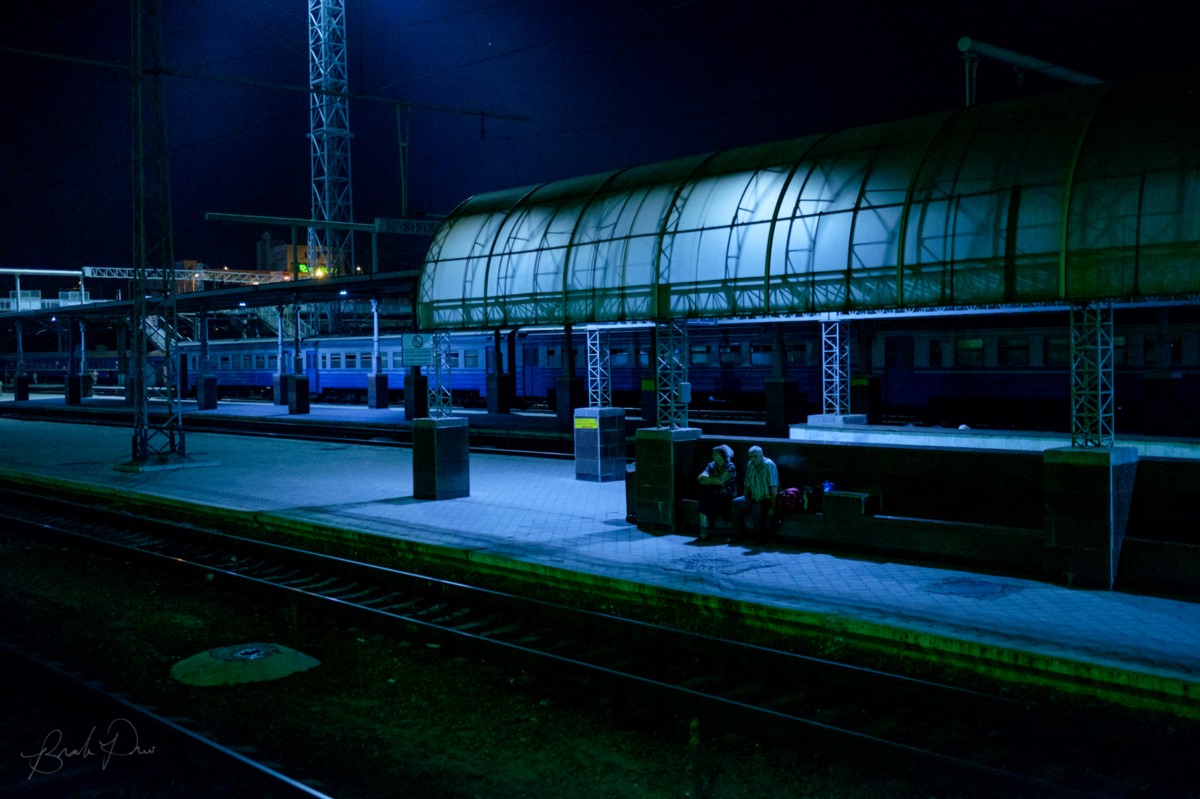
So that’s where I am after seven months. The XE-2 has performed spectacularly in all kinds of settings. It’s a camera which performs in all areas and which packs and travels well. It’s not designed for all-weather activities, but a little rain hasn’t hurt it at all. (I haven’t, however, used this thing in the dead of winter. We’ll see how that goes.)
In all this time I can’t say I’ve missed my DSLR at all, even though I have wished for a more pocketable camera from time to time. It’s during those moments when a photograph needs to be fast and discreet, when it’s either not practical or appropriate to dig through my bag and pull out my XE-2 with the 18–55 on it.
Fuji’s attention to detail (minus those buttons) is a breath of fresh air. Their lenses are amazing, and their value of kaizen allowed me to buy a two-year-old camera without feeling like I had just bought a two-year-old camera. I really do appreciate that.
My X-E2 and I are still getting to know each other. The more time we spend together the more flaws I see, but the strengths of this powerful little camera more than outweigh the weaknesses. Even today, nearly three years after the camera was first announced, it’s a worthy buy.
Happy Birthday, X-E2.

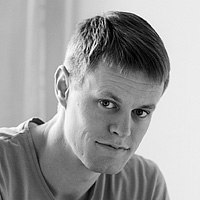
“I am an American missionary living and working in Kharkiv, Ukraine. Photography has been an interest of mine for as long as I can remember, but I didn’t start getting serious about it until 2006. I am occasionally commissioned for portraits (my first love) and event photography, but mostly I enjoy keeping photography as my creative outlet and not my professional responsibility. I have been a Fuji shooter since February 2016.”




